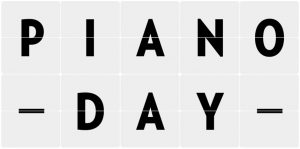Piano Forum
 |
International Piano Day 2024 Piano Day is an annual worldwide event that takes place on the 88th day of the year, which in 2024 is March 28. Established in 2015, it is now well known across the globe. Every year it provokes special concerts, onstage and online, as well as radio shows, podcasts, and playlists. Read more >> |
Pages: [1] Go Down
Pages: [1] Go Up
For more information about this topic, click search below!
 Topic: Forearm Movement - Scaramuzza Piano Technique
Topic: Forearm Movement - Scaramuzza Piano Technique